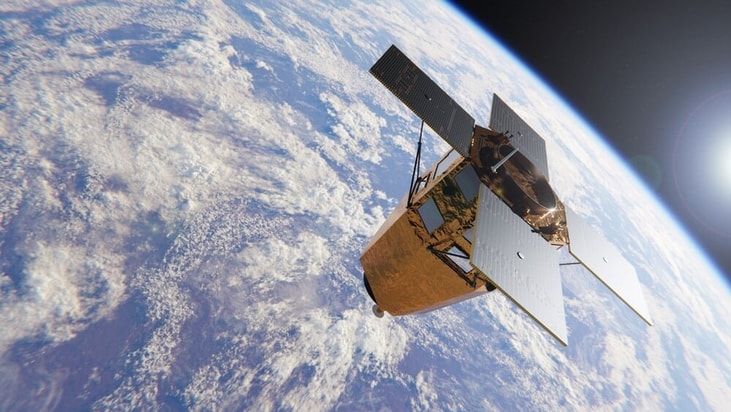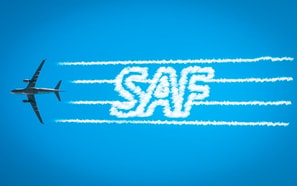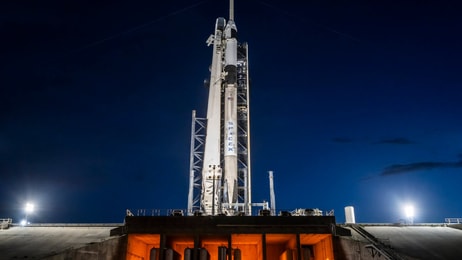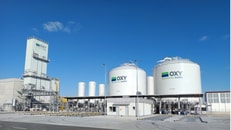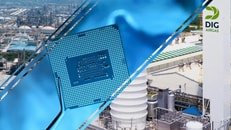French space agency seeks cryogenic in-orbit refuelling techs
The French space agency CNES has issued a call for proposals to develop and demonstrate in-orbit cryogenic propellant storage and refuelling technologies as part of its CRYOSTARS initiative.
Launched under the Space Transportation Solutions stream of CNES’s Priority Innovation Vectors programme, the initiative is aimed at advancing technologies that support sovereign access to space. These include reusable launch systems, satellite servicing, and in-orbit refuelling.
The first phase will assess potential use cases, including applications outside the space sector in areas such as naval and aeronautical operations. CNES has outlined several areas for exploration, including long-term liquid hydrogen storage for nuclear thermal propulsion, refuelling of upper stages and orbital vehicles, and cryogenic propellant depots for electric propulsion systems.
... to continue reading you must be subscribed

